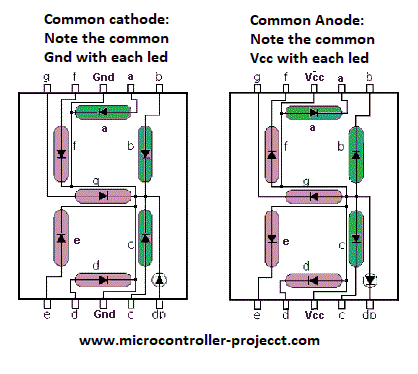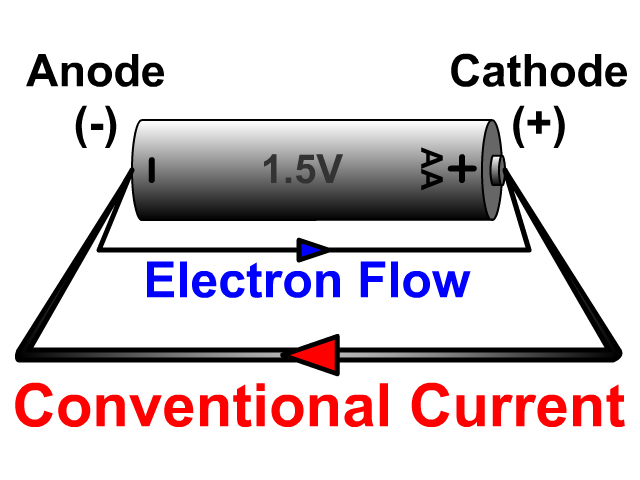

But last year, the company, which originally sold its recycled raw materials to other suppliers, took the unusual step of announcing plans to produce its own cathode materials, and later selected a site outside of Reno, Nevada, where it would spend $3.5 billion over 10 years on a new plant. That’s low-hanging fruit, in the sense that it involves using up waste and could ease some of the pressure on new mines. Redwood is one of a number of companies trying to turn a supply of old batteries into materials for new ones. These suggest it’s true that an atom is an atom the performance of the two materials was almost exactly the same. Today, Nelson’s company released the results of tests at Argonne National Lab comparing recycled materials to virgin ones. “That element doesn’t know if it was previously in a battery or if it was in a mine.” This is potentially a good thing, because many of those atoms, including metals like cobalt and nickel, are in short supply and only found in major volumes in places where mining them entails major ecological and human costs. “A metal atom is a metal atom,” says Alan Nelson, senior vice president for battery materials at Redwood Materials, a company that specializes in recycling. This is why, in theory, it should be possible to reuse them. Just like that, your battery life goes kaput.īut even as the structure fails, the atoms inside of the cathode haven’t changed. This immaculate structure, so artfully arranged, starts to lose its integrity.

But the cathode is also the place where things inside the battery typically go wrong. And they’ve gotten pretty good, if the electrical vehicles and phones of today are any barometer. For decades, engineers have fiddled with designs that help this movement along. How much power a battery holds, and how long it lasts, depends on its lattice of metallic atoms-how well it can catch and release lithium ions. The cathode is a marvel of molecular choreography.


 0 kommentar(er)
0 kommentar(er)
